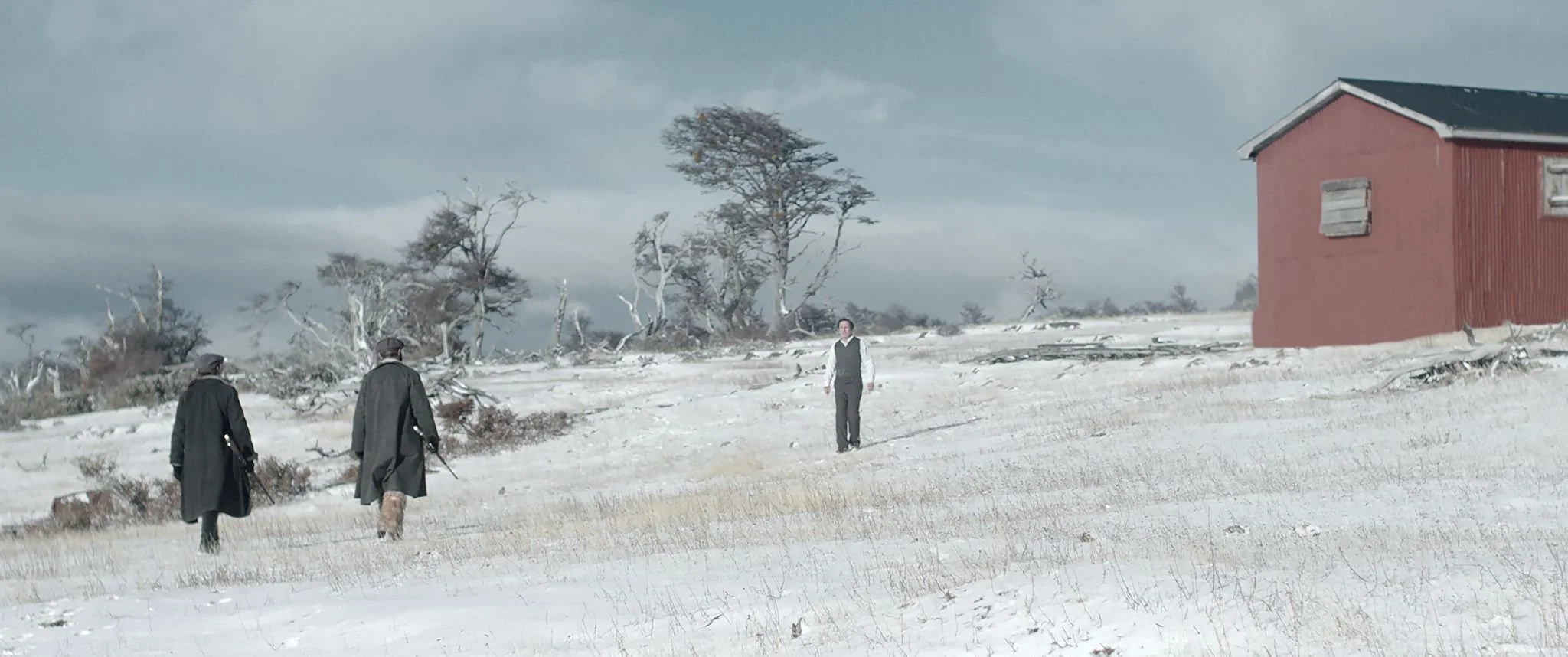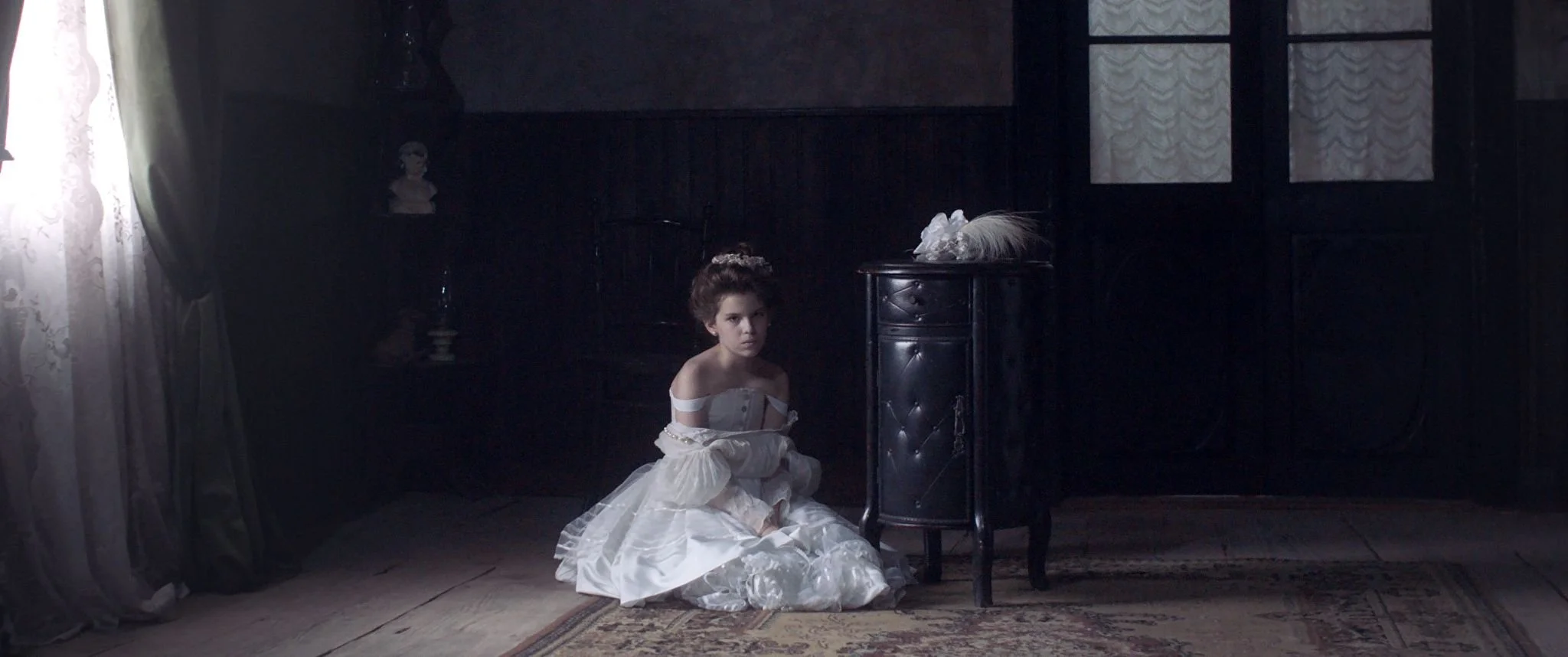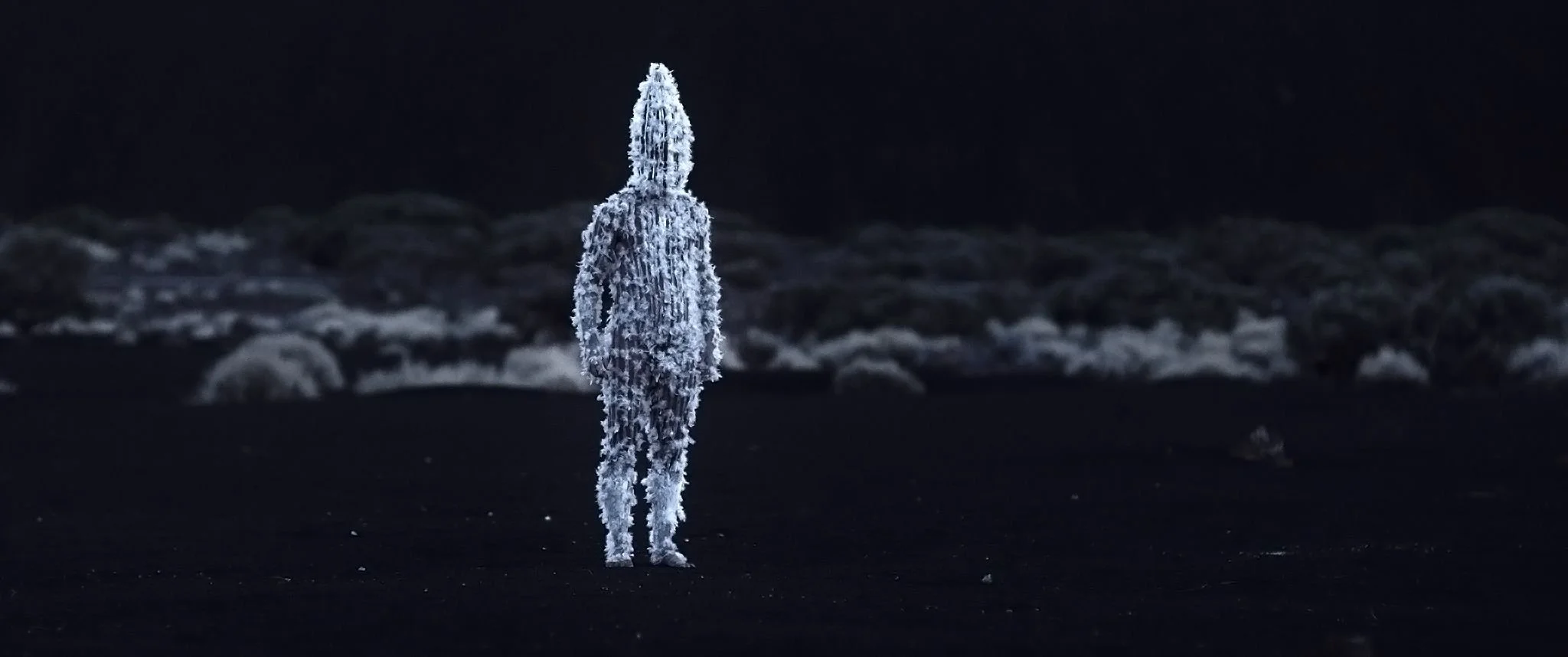Blanco en Blanco: A Frightening History of Wanton Violence Wrapped in a Beautiful Package
Source: Outsider Pictures
TRIGGER WARNING: TALK OF RAPE
I’ve always said that the best films and scripts succeed through passion, heart and the ability to reach our emotions with as few words as possible. Screenplays are meant to be a visual art and, in recent times, the craft has been all but obliterated by overblown FX and mainstream film’s shameless self-aggrandizement.
Enter Blanco en Blanco from director/writer Theo Court. Set perfectly in the harsh terrain of Tierra Del Fuego, Argentina in the late 19th century, the film explores the consequences of ruthless, white, colonialist terrorism and the lie of white “purity” to cover it all up.
The Accomplice
Pedro (Alfredo Castro) is an aging photographer hired to capture the wedding of child bride Sara (Esther Vega) to the brutal and elusive colonizer, Mr. Porter. Pedro becomes an uninformed accomplice to Mr. Porter when he develops an inappropriate fascination with Sara while modeling her for pre-wedding photos intended for Mr. Porter.
After daring to take photos of her in her nightgown, shoulders and ankles revealed, Mr. Porter sends his regards in the form of his henchmen delivering a beating to Pedro. He is told that he is no longer allowed to take any more pictures of Sara but must now follow Mr. Porter’s journey of building up “his” land.
Source: Outsider Pictures
Mr. Porter demands a pictorial diary of his “heroic” decimation of the indigenous people there and his struggles to build a town in the unforgiving landscape they are all at the mercy of. From treacherous gales to blinding blizzards, the weather and desolate terrain become adversaries of their own and a major hurdle to Mr. Porter’s objectives.
Women’s Rights? What’s That?
The film delves deeply into the racial constructs and devastation of colonialism but also makes a frightening commentary on the treatment of women within the grasp of colonizers. Aurora (Lola Rubio), the white nursemaid to Sara, is depicted as a stern necessity to the household but is later seen claimed by one of the drunkard, white male workers, Propietario (Lars Rudolph). Her actual place in the house is most notably visualized during a drunken rape scene.
Even worse is the treatment of the indigenous women captured on Porter’s land. They are literally taken from their homes and given to the white working men as “gifts” from Mr. Porter for all of the men’s hard work and to boost their morale. The nameless women are humiliated, ripped from their homes and clothing and raped by random, drunken workers at the party. None of the men have any issue with it.
It is a silent but glaring depiction of what life was like for women, not only of this time, but also just a glimpse of the brutality that women, especially women of color, have faced over centuries. Women were and still are seen as sub-human, entertainment and commodities of war and life in general, for men.
Source: Outsider Pictures
In All Honesty…
Blanco en Blanco is, hands down, one of the most gorgeous and disturbing films of 2021.
Though set in a rugged, harsh terrain, the film itself is exceptionally beautiful. Painstaking attention to every tiny detail in directing, art direction and cinematography is evident in each exquisite frame. From the color palettes chosen, the costuming, the angles, lighting and the set design audiences could, theoretically, fall in love if it weren’t for the lurking, insidious horror beneath the surface.
As white-washed as history has been, Court drives home a parallel metaphor with his use of beauty and coloring in the film, that “covers up” all of the horrors within it. The artistry by the film’s crew is simply stunning. I usually watch films twice before writing a review but, even though I marveled at every masterful visual, I couldn’t help but feel completely sickened both by what we were able to see and what we didn’t.
There isn’t anything overtly graphic about the violence committed in the film, instead, Court, with great ingenuity, delivers a putrid feeling throughout that we cannot escape or ignore. Though I wanted to watch the film again, I couldn’t bear the thought. The message gets delicately, quietly, branded into your soul. It may not affect those with privilege in this world as much, but for women and people of color, it is a reminder of the history of violence we descend from and the tightrope we still walk in everyday life where “cis male and white is right”.
Source: Outsider Films
White girls of wealth, the younger the better, were sold off to older men of wealth as “brides” and women of color were raped, decimated and erased from history in astronomical numbers. There is no romanticizing the brutality of the past no matter how beautiful or “heroic” the pictures are portrayed. Just as the portraits were painted of the supposed “great leaders” of the past, photographs were and are also posed and as biased as the authors of mainstream written history.
Society’s obsession with the “purity” and control of women is still alive and well today. From female genital mutilation, fatphobia, abortion legislation, lack of quality mental and physical healthcare access all the way to the depiction of the “slut”, men still control the lives and bodies of women.
The white normative still permeates societies across the globe. It is a stain of oppression that simply will not go away but cannot be forgotten. Though it may seem that we are seeing progress, the reality is that it is still in control of everything we see and hear. Nothing gets past its ever-watchful eye, and it won’t go down without a fight.
We as a collective cannot move forward without first addressing and atoning for our horrific past. The importance of artistry is crucial to this fight with its ability to educate and spread awareness, but it too is mostly under the careful control of its patrons, and we all know who controls most of the wealth in this world.
Until the majority of us demand change, nothing will change. Let us celebrate artistry, such as this film, that brings us together, inspires us to start asking questions and lights the fire of change within us until real progress actually happens.
Together, anything is possible.



